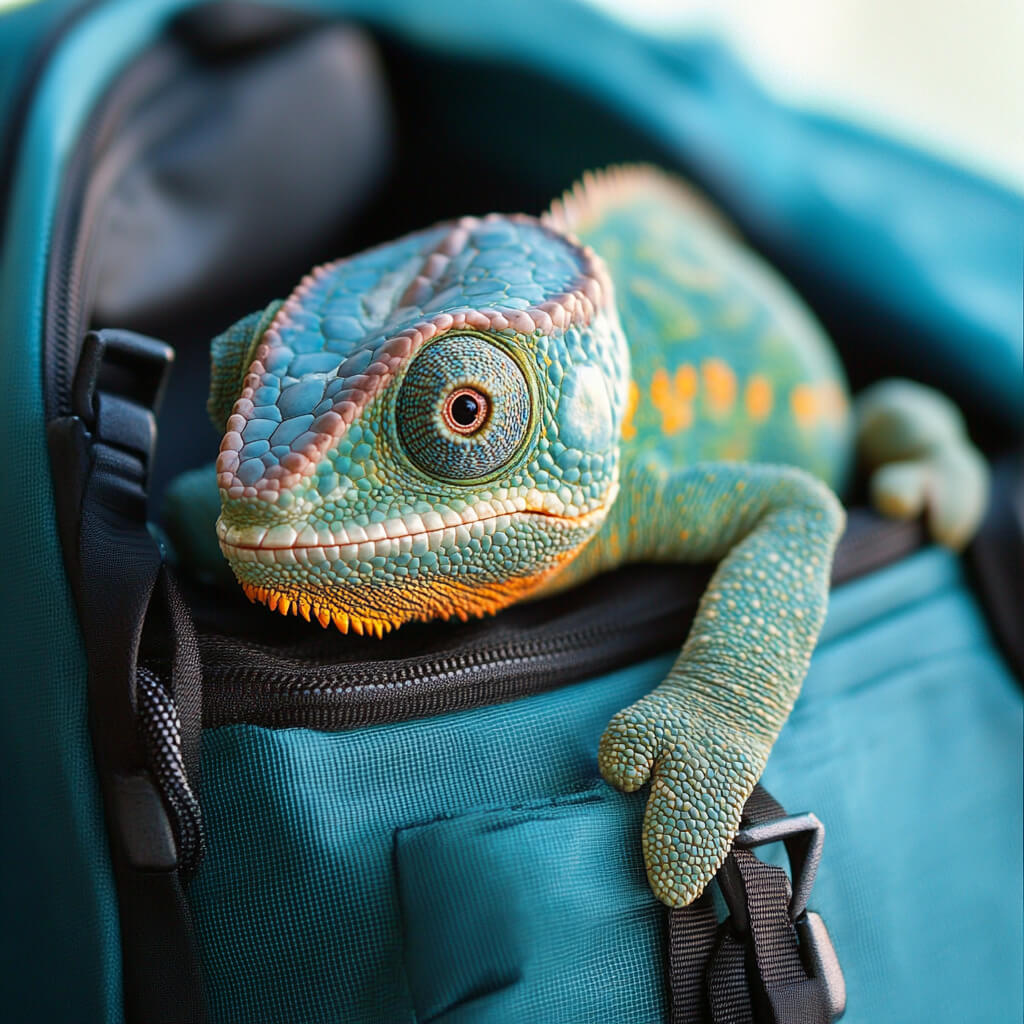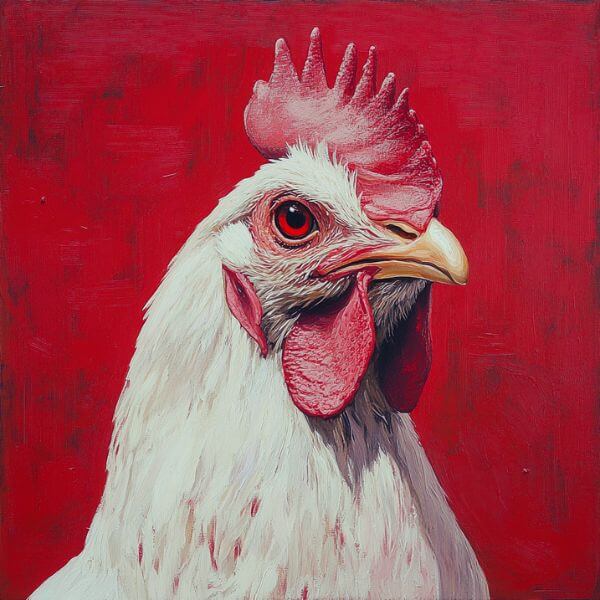The answer is: No, chameleons should not eat chocolate.
While chocolate might be a treat for us humans, but for chameleons, it’s a big no-no. Here’s why:
- Chameleons can’t digest chocolate properly
- Chocolate contains substances that are toxic to reptiles
- It doesn’t provide any nutritional value for chameleons
Understanding the Chameleon Diet
Let’s first understand what chameleons usually munch on before we uncover the chocolate question.
In the wild, these color-changing critters have a pretty specific menu:
Captive chameleons need a diet that mimics their natural one. Here’s a quick rundown of what your pet chameleon needs:
- Protein-rich insects
- Leafy greens (in moderation)
- Calcium and vitamin supplements
Remember, a balanced diet is key to keeping your chameleon healthy and happy!
Risks of Chocolate Consumption for Chameleons
Let’s break down why chocolate is a dangerous snack for your color-changing buddy:
Theobromine Poisoning
Chocolate contains theobromine, which is toxic to many animals, including reptiles.
Chameleons can’t metabolize theobromine as quickly as humans can, leading to a build-up of this toxic substance in their system.
Caffeine Effects
Yep, chocolate has caffeine too!
While we might enjoy that little energy boost, for chameleons, it can cause:
- Increased heart rate
- Restlessness
- Dehydration
Symptoms of Chocolate Ingestion in Chameleons
If your chameleon somehow gets its tiny claws on some chocolate, watch out for these signs:
- Vomiting
- Diarrhea
- Tremors
- Seizures
- Lethargy
Other Toxic Foods for Chameleons
While we’re on the topic of no-no foods, here’s a handy table of other items to keep away from your chameleon:
| Human Foods to Avoid | Poisonous Plants |
| Avocado | Azalea |
| Onions | Daffodil |
| Garlic | Pothos |
| Citrus fruits | Rhododendron |
Safe Treats and Alternatives for Chameleons
Don’t worry, your chameleon doesn’t have to miss out on treats!
Here are some safe options:
- Mango (small amounts)
- Papaya (occasional treat)
- Crickets dusted with calcium powder
- Waxworms (as a rare treat)
Remember, treats should make up only a small part of your chameleon’s diet. The bulk should still be insect-based.
Proper Chameleon Care and Feeding
Taking care of a chameleon is like being a chef for a tiny, color-changing diner.
Here’s how to keep your customer happy:
- Feed adult chameleons every other day
- Offer a variety of insects
- Dust insects with calcium powder 2-3 times a week
- Provide a multivitamin supplement once a week
- Mist their enclosure regularly for hydration
What to Do If Your Chameleon Ate Chocolate
Uh-oh, did your chameleon snag a bite of your candy bar? Don’t panic! Here’s what to do:
- Remove any remaining chocolate
- Monitor your chameleon closely
- Contact a reptile vet immediately
- Keep your chameleon hydrated
FAQs
Can chameleons die from eating chocolate?
Yes, chocolate can be fatal to chameleons if consumed in large quantities or left untreated.
How much chocolate is toxic to a chameleon?
Even a small amount can be harmful. It’s best to avoid chocolate entirely.
What should I do if my chameleon accidentally eats chocolate?
Contact a reptile vet immediately and monitor your chameleon closely for symptoms.
Are there any safe human foods for chameleons?
While chameleons should primarily eat insects, small amounts of certain fruits like mango or papaya can be occasional treats.
How often should I feed my chameleon?
Adult chameleons typically eat every other day, while younger ones may need daily feeding.
Wrapping It Up
Chameleons and chocolate don’t mix.
Stick to a diet of insects and the occasional fruit treat, and your color-changing pal will be one happy camper.
Remember, a healthy chameleon is a happy chameleon!
Keep those chocolates for yourself, and let your chameleon enjoy the treats that nature intended. Happy chameleon parenting!







Leave a Reply